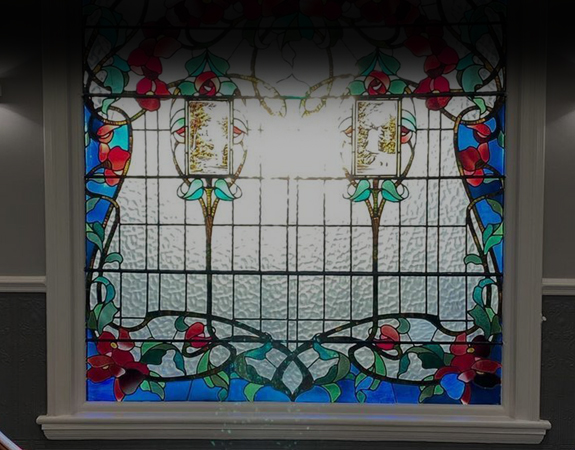Do You Hate That Gap in between Your Front Teeth? Leeds City Dentalcare Can Help
Many people have a gap in between their front teeth, something that is called a diastema. A diastema can be hereditary, or it can be caused by habits such as thumb sucking or tongue thrusting. Sometimes it can be caused by the loss of bone under the gum tissue which allows teeth to separate. While some people don’t mind the gap in their front teeth and feel it is just part of their personality, we know some of our patients who visit our Leeds surgery would much prefer the gap was closed up completely or at least narrowed.
There are several different ways to close up the gap, and these include using orthodontics Leeds, changing the shape of teeth through bonding, crowns or veneers, or in extreme cases removing the teeth and replacing them with either a bridge or an implant. We should stress this last option is only ever used as a last resort, as it is always much better to conserve healthy teeth, and is definitely not something we’d normally recommend.
Closing up a Diastema through Orthodontics
Closing up a gap in between your teeth with orthodontics is a long-lasting and conservative approach. Dentist Leeds can offer a range of orthodontic appliances that are nearly invisible so most people will be completely unaware you are undergoing orthodontic treatment, unless of course you choose to enlighten them. Clearstep aligners are removable clear aligners that are excellent at closing up gaps in between teeth. The Inman Aligner orthodontic system is also a removable orthodontic appliance that works from the inside of the mouth. This particular system can produce results extremely quickly, as typical treatment times can take as little as a few months.
Using Dental Bonding to Close up Unsightly Gaps
Dental bonding using composite resin is another way of closing up a diastema. It is perfect for people who want immediately results, and can be combined with cosmetic contouring to create a more pleasing smile. Dental bonding usually needs redoing every 3 to 5 years depending on whether or not you eat a lot of staining foods, and how well you look often your oral health. Having your teeth cleaned professionally every time you visit our Leeds surgery will help prolong the life of composite resin restorations.
Using Crowns or Veneers to Close Diastemas
Another option is to use dental crowns or veneers to close up unsightly gaps. This isn’t quite as quick as dental bonding, but it’s definitely faster than orthodontic treatment. However the main disadvantage with going down this route is that you’ll almost certainly have to have some tooth structure removed, especially if you choose to have your teeth crowned. Crowns and veneers typically last 10 years, although some may last longer while others will need replacing more frequently. Once you have had any tooth structure removed then you’ll always need to have your teeth either veneered or crowned. Although this solution is long-lasting, it isn’t as permanent as having orthodontic treatment.
The choice of how to close up your diastema is obviously yours to make, but we would almost certainly recommend choosing the most conservative method possible. This would undoubtedly be orthodontic treatment. While it might cost a little more initially, it could be cheaper in the long term than having to replace composite resin restorations or porcelain veneers or crowns.




